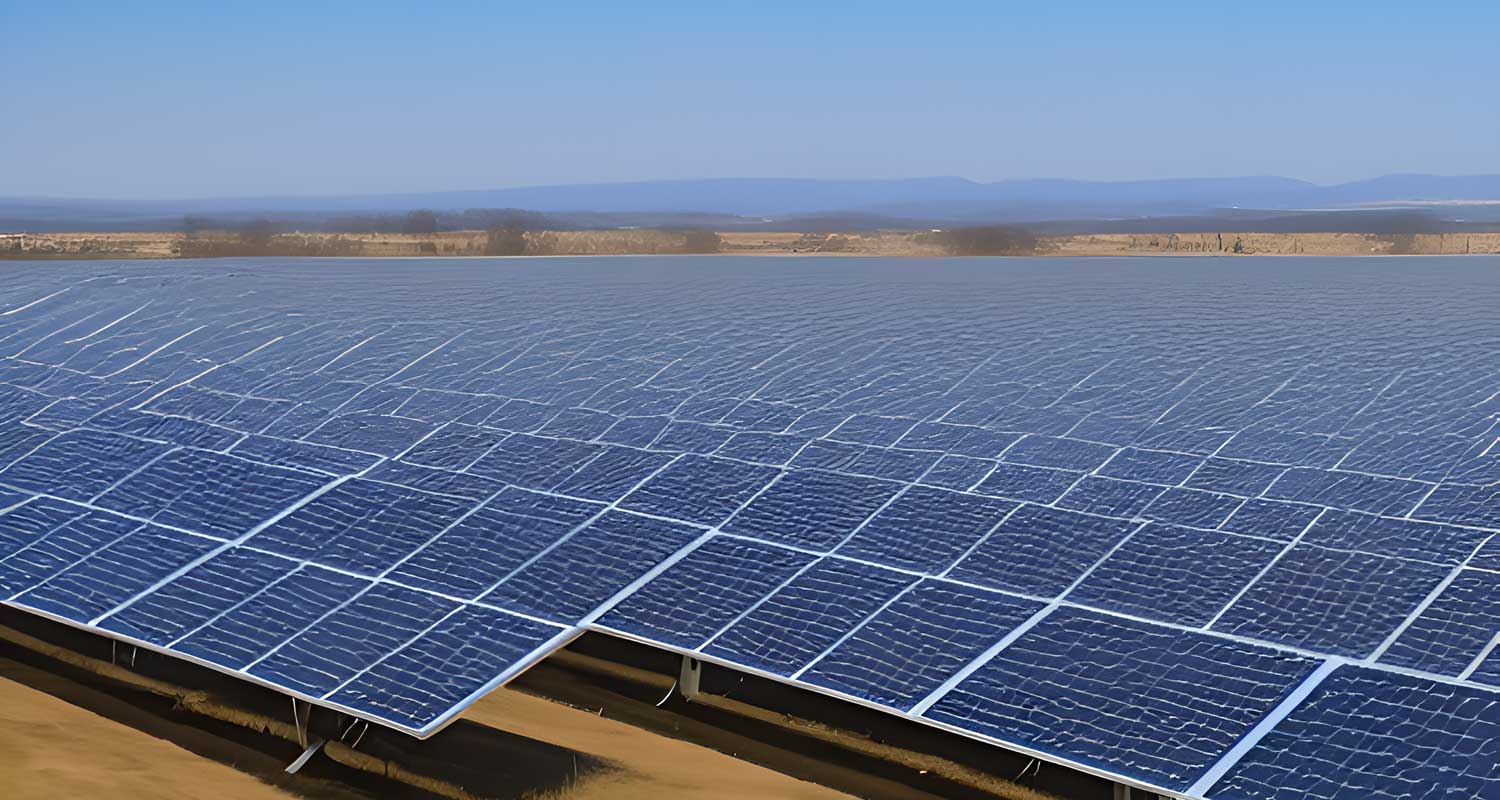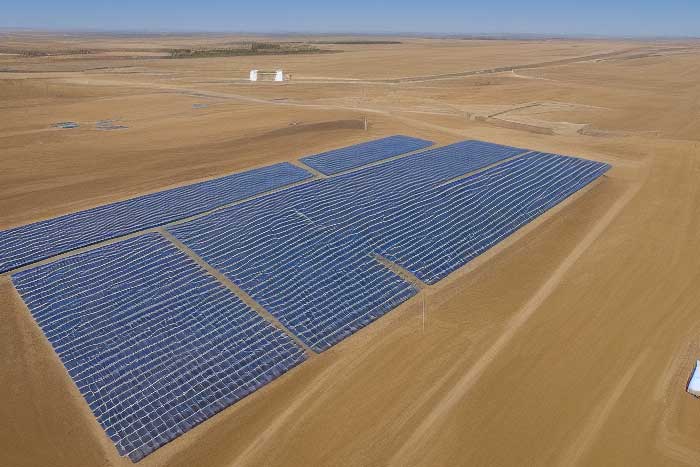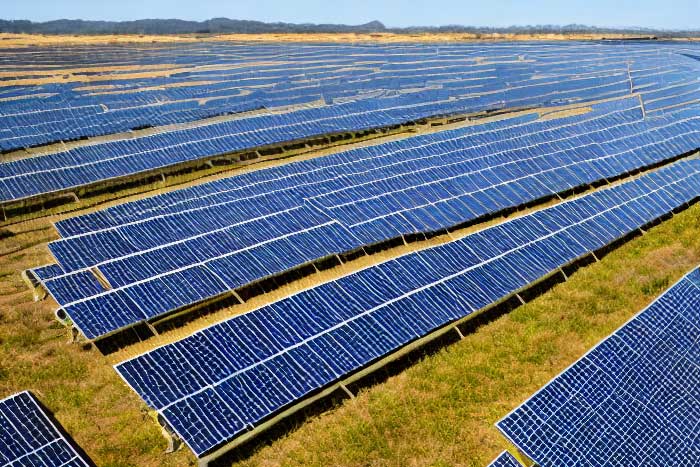

Our solar power calculator takes into account many variables. One of the main factors is your location. In general, the closer to the Equator you are, the more solar hours you get. We have calculated the output for many locations in Canada.
The best angle or so called inclination/slope of the solar panels depends on the Latitude your location. The closer you are to the Equator, the lower is the angle. For each location, we have the optimal angle for the setups that can choose it. If you are going to mount the solar panels on your roof, we generated a few reports with different angles. For many locations, the azimuth orientation is also important. Learn more in our dedicaten solar panel angle article.
Absolutely! The more you deviate from the optimal angle, the more you lower your solar power output. Why? With every degree deviation, the area which gathers the Sun's power goes down and so does the output.
As in every conversion, going from solar panel's DC output to your regular household requirements brings losses. High temperatures also lower the efficiency of solar panels. We have that in mind, when generating solar production reports as well.
The things we cannot take into account are your surroundings and geographical features. Big trees or buildings blocking the sun? Your location is on a Northern facing hill? These are just a few things which are best accounted for with a personal visit and measurements.
We did our best to make it easy to get to the numbers. Search for your location in our database and check out the solar power generation reports. Keep in mind, that the possible calculated result does not change that much when moving around so even if you can't find your exact location, search for one nearby.
The sun, our nearest star, is an eternal source of boundless energy, radiating its brilliance across the vast expanse of the universe. For centuries, humans have admired and revered the sun for its life-giving warmth and illumination...
In this article, we will explore the primary types of solar systems: grid-tied, off-grid, and hybrid systems...
Learn about the key components of a home solar system, including solar panels, inverters, racking and mounting systems, and monitoring systems...
Determine the right size of a solar system for your home by considering factors like energy consumption, location, and roof orientation...
Elevation: 34 m
Optimal solar panel angle: 39o
Average yearly power output: 1318 kWh/kWp

Elevation: 59 m
Optimal solar panel angle: 40o
Average yearly power output: 1260,78 kWh/kWp

Elevation: 237 m
Optimal solar panel angle: 42o
Average yearly power output: 1338,86 kWh/kWp

Locations: HamiltonSaint-CharlesLewin's CoveDouglastownAlbertvilleRadissonVancouver Toronto Montreal Edmonton Ottawa
Provinces and territories: Solar Calculator BC Solar Calculator Quebec Solar Calculator Ontario Solar Calculator Newfoundland and Labrador Solar Calculator Alberta Solar Calculator Manitoba Solar Calculator Saskatchewan Nova Scotia New Brunswick Prince Edward Island